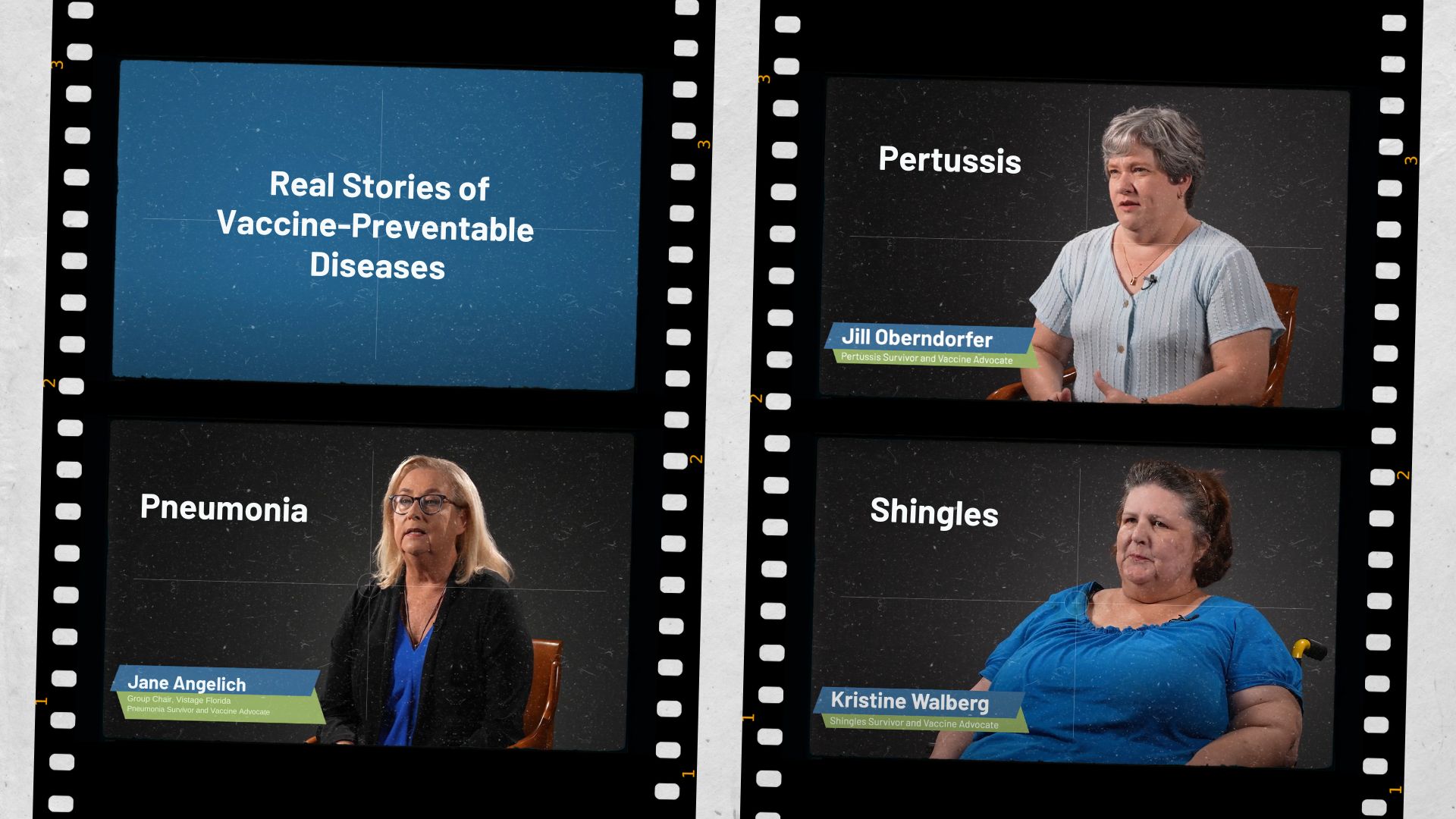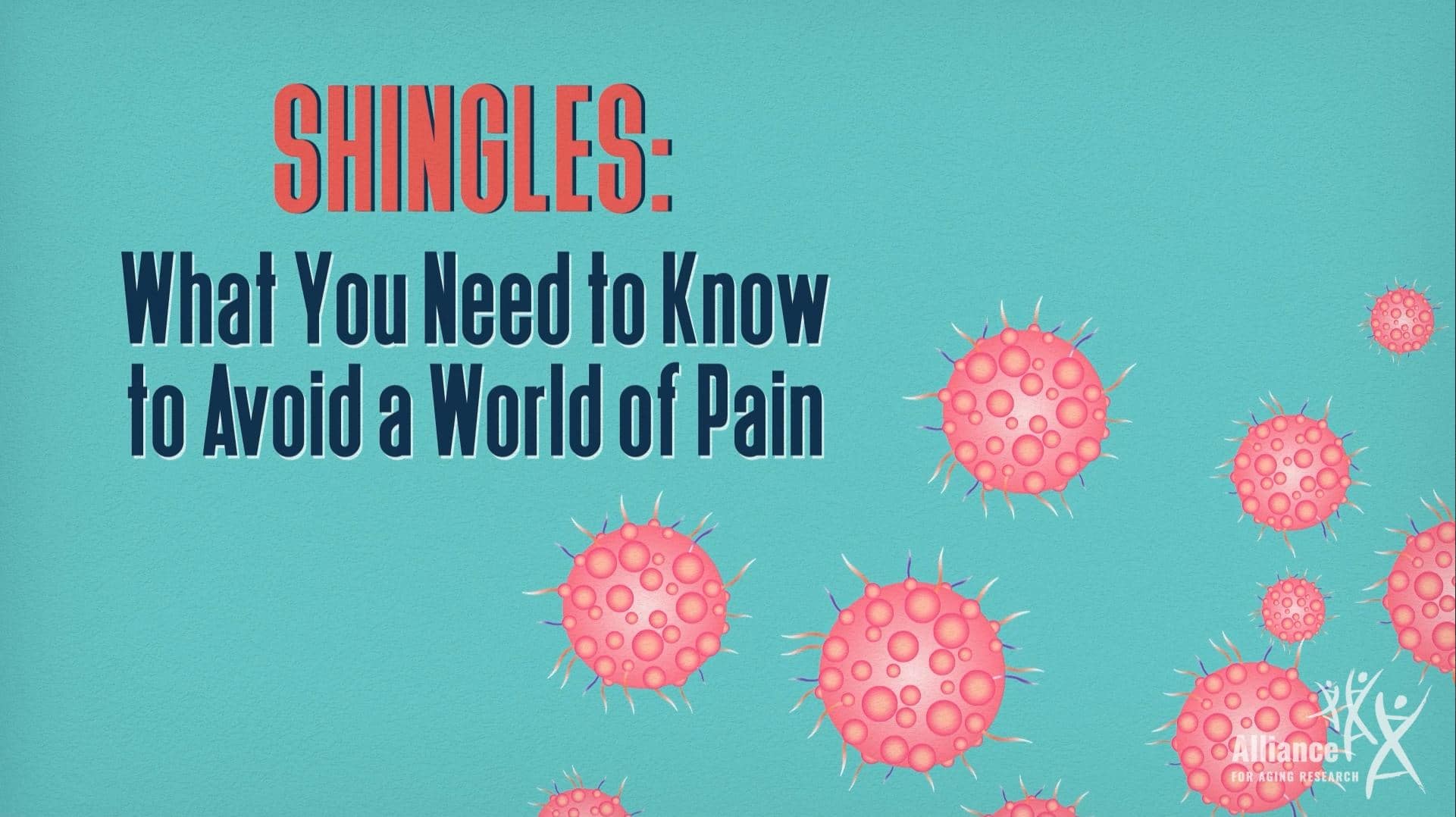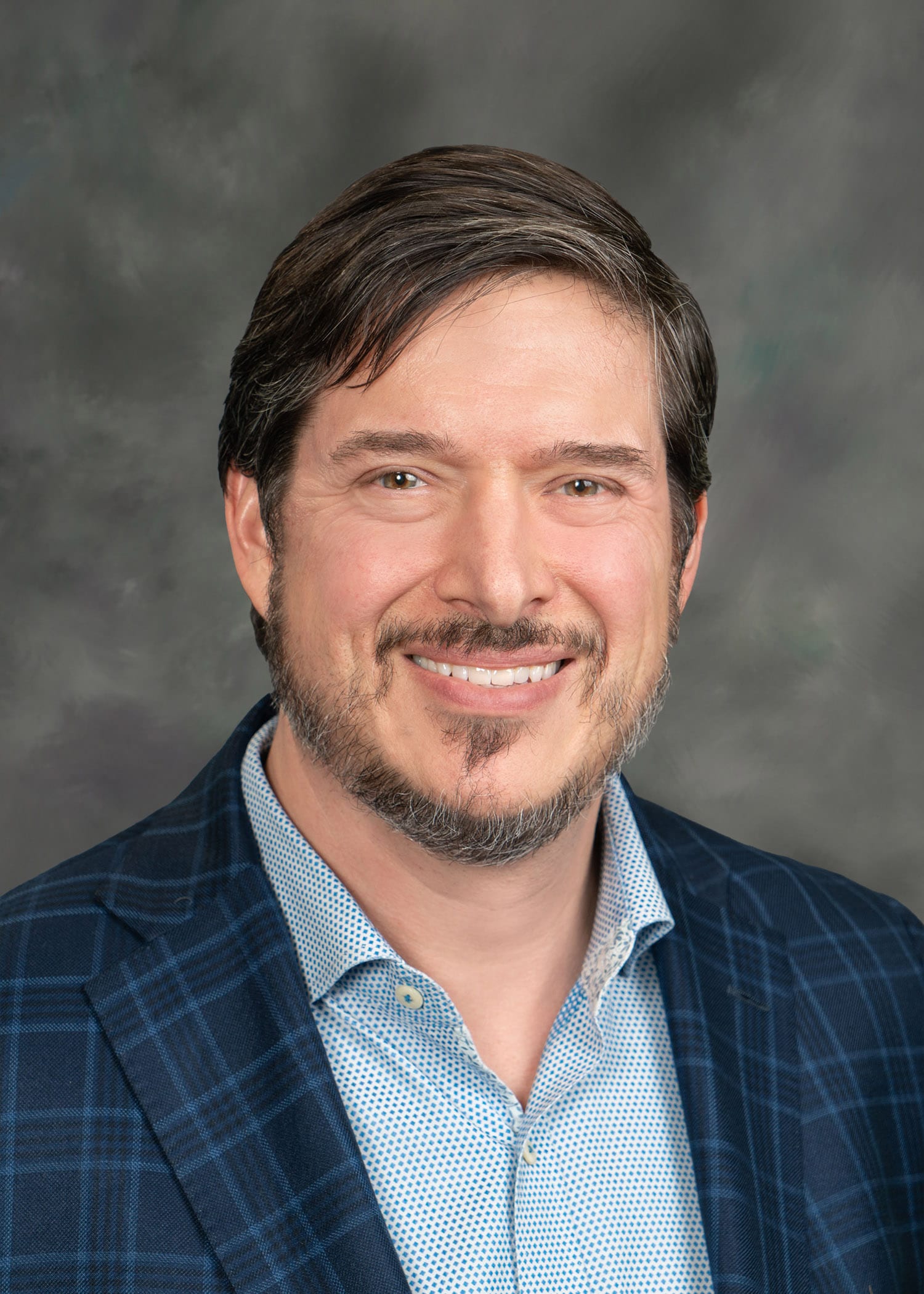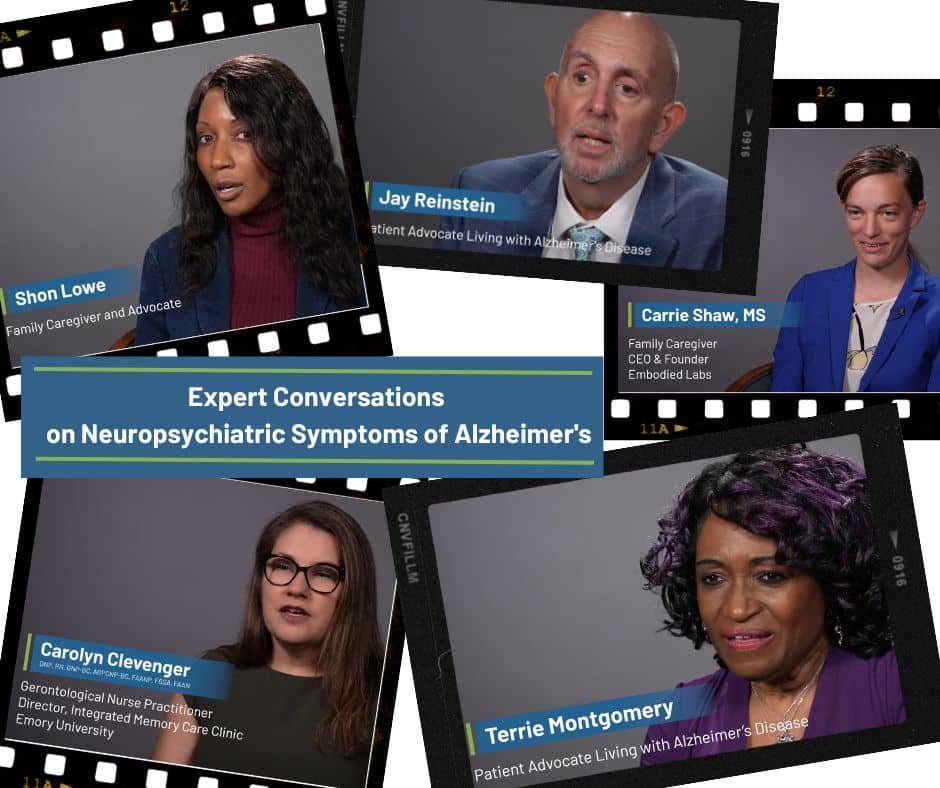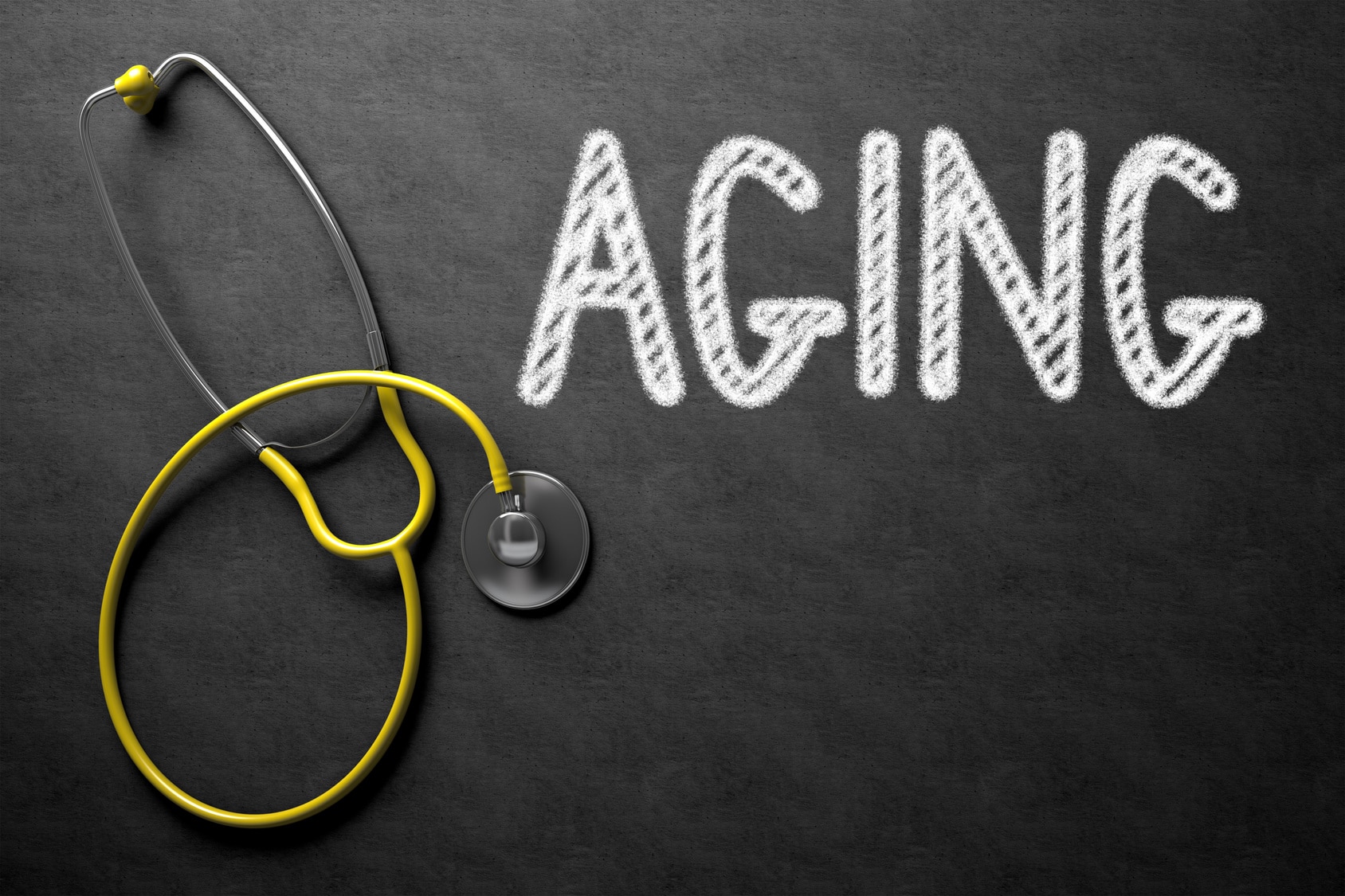
In this latest edition of the Healthspan Expert Q & A, we speak with Dr. Gerard Karsenty, the Paul A. Marks M.D., professor and chair of the department of Genetics and Development at Columbia University Medical Center about his research into bone biology and its effect on aging.
Please also watch his recent talk at the National Institutes of Health.
Q: What got you interested in your field?
GK: I was trained as a physician, and I see myself still as a physician. During my medical training, I did several rotations studying rheumatology, and I became interested in skeletal and musculoskeletal biology. So in the course of my clinical fellowship, I got my Ph.D. in France. This Ph.D. gave me the opportunity to do my post-doctoral work in the U.S., where I eventually took a faculty position. When I got my independent lab, I wanted to go back to studying bone biology and that’s how we started to look at osteocalcin regulation.
Q: What changes have occurred in bone biology?
GK. The major advance in the last 20 years has been that we have a much better understanding of cell differentiation in bone. The bone field has begun to use bone as a stepping stone to analyze other physiological functions in the body that bone itself regulates. When put back in an evolutionary context, it makes a lot of sense that bone regulates these functions. So that to me has been the most important intellectual advance in bone biology.
Q: Has it been surprising to find some of these connections in your research?
GK: It was surprising to make these observations. However, when we analyzed them in context of previous results, we could at least make a logical connection why it was the case. The same is true for the regulation of cognition by osteocalcin my lab established. We did not expect that, but retrospectively it makes sense. This fulfills a prediction that the skeleton is more than what it looks like, and it is a gatekeeper and a tool to escape danger.
Q: What practical outcomes do you hope this research will achieve?
GK: The obvious practical approach is for osteocalcin to be a drug for sarcopenia and age-related memory loss. That is what we are working toward. And I think it is doable and not far-fetched.
Q: What are your thoughts on sarcopenia?
GK: Decreasing muscle function that occurs with age is a vast medical and biomedical problem and public health concern. It is no secret that one hope is that osteocalcin could reverse it.
What drives this hope are two different lines of thought. One is the research that looks extremely promising, and the second is the interest of the lay community to have investments made into this research.
Q: Could you share more about your presentation you gave at the Geroscience Interest Group (GSIG) spring seminar at the National Institutes of Health?
GK: My presentation was called: “The Contribution of Bone to Whole Organism Physiology.” What I shared is that bone and the regulating properties of osteocalcin favor insulin secretion and favor its glucose metabolism. It is also necessary for testosterone synthesis and favors male fertility. We also showed that osteocalcin is not only necessary to favor these physiological processes, but it is also sufficient to restore them in mice as they age.
This in principle offers hope for Alzheimer’s disease. But there is also the hope for a much broader perspective, which is age-related decrease in memory loss, a decrease in cognitive performance. If we believe the results in mice, osteocalcin appears to be able to improve that.
Q: What do you think about aging itself, and what is your approach to it as a scientist?
GK: Aging is a word in search of a definition. To me, aging is an invention of mankind. What mankind has done is to expand lifespan from 30 years to almost 85 years. With this success has come a series of diseases that our ancestors did not know existed, because they did not live long enough to experience them. I think many are due to the fact that the regulations between ages 0 and 30 years that were in effect are no longer working—and with that comes disruption. The hope of my research is to slow aging.

